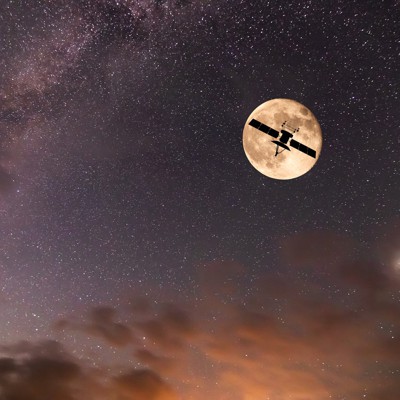
"The project aims to capture and catalog the moon's reflected light with unparalleled precision for satellite calibration."
"Researchers deployed advanced instruments at observatories in Arizona and Hawaii to measure subtle differences in brightness of moonlight."
"To improve accuracy beyond Earth’s atmosphere limitations, NIST used a telescope aboard NASA's ER-2 aircraft, flying above 95% of the atmosphere."
"The first Moonlight Radiometric Reference Dataset from NIST has the potential to significantly enhance satellite calibration."
In 2019, the National Institute of Standards and Technology initiated a collaborative program to measure and catalog moonlight for satellite calibration. This involved advanced instruments at observatories in Arizona and Hawaii, capturing subtle brightness variations as the moon phased. To improve accuracy, NIST incorporated a special telescope on NASA's ER-2 aircraft, flying above 95% of Earth's atmosphere. The project has culminated in the release of the Moonlight Radiometric Reference Dataset, enhancing the precision of satellite measurements significantly.
Read at Nextgov.com
Unable to calculate read time
Collection
[
|
...
]